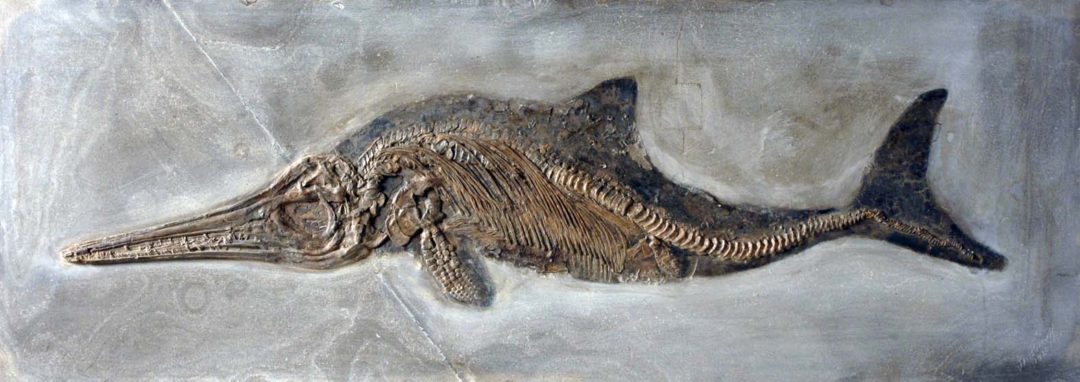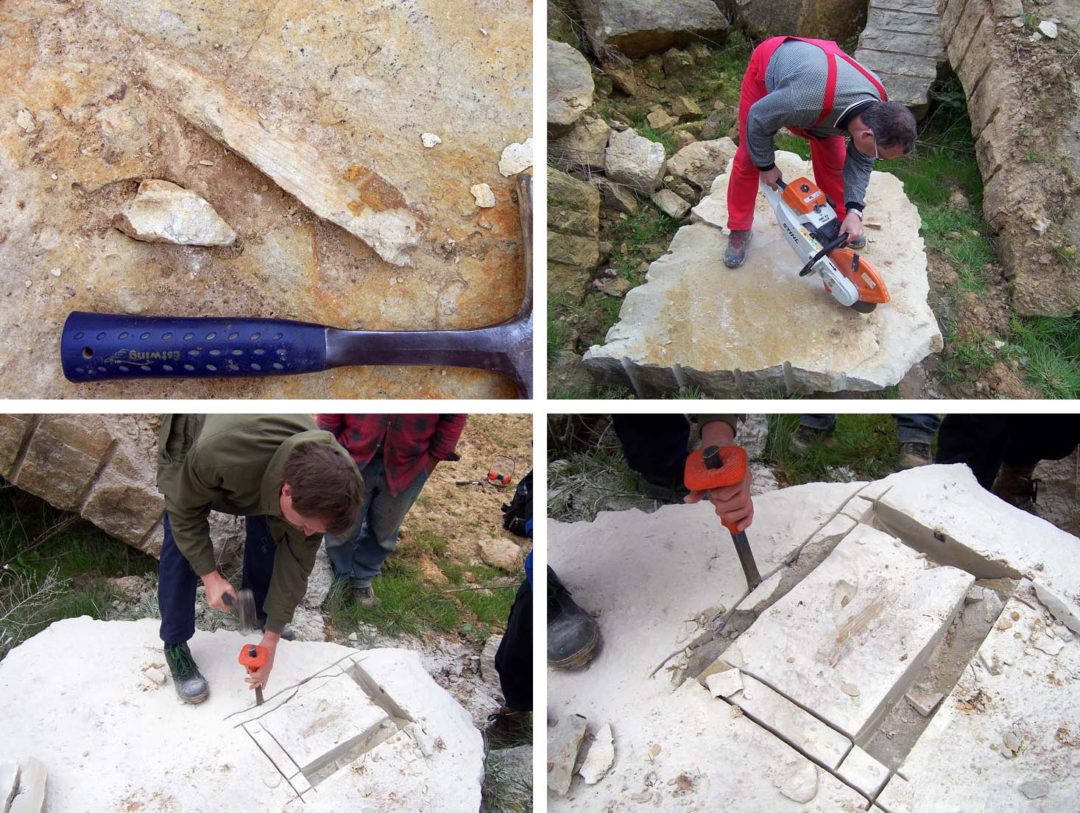The palaeozoological collections contain ca. 85,000 positions, the number of which is constantly increased. Important regional collections are from Saxony and Thuringia with numerous historical types and originals, mainly from the works of Hanns Bruno Geinitz (1814-1900), an influential German palaeontologist and long-time head of the Museum of Mineralogy and Geology Dresden (see History).
The historical structure of the collection has been constantly improved. Two larger parts exist, a national and an international one. Subcollections are subdivided by geographic provenance (i.e., country, state, locality) and age (i.e., geological period), e.g. Cretaceous of Saxony: SaK. Within subcollections, a systematic order exists.
The most important subcollection is that of the Saxonian Cretaceous, comprising ca. 16,000 objects with numerous historical types and originals from the work of Hanns Bruno Geinitz. Further important subcollections are those of the early Palaeozoic and Permian of Saxony and Thuringia. Furthermore, a subcollection from the Upper Jurassic Lithographic Limestone of Solnhofen with 1,600 predominantly very well preserved fossils has to be mentioned. Microfossils constitute a separate subcollection and comprise several important originals of August Emanuel Reuss (1811-1873).
The international part contains – among many others – several important subcollections of Cretaceous fossils. Numerous specimens with important originals from the works of Hanns Bruno Geinitz and Hermann Andert (1879-1945) are in the Czech, Polish and Ukrainian subcollections. Furthermore, the Cretaceous subcollections from Austria and France yield abundant and well preserved material. A speciality is the spectacular subcollection from the Lower Cretaceous (Santana Formation) of Brasil with 33 large and extremely well preserved fishes.

The temporal focus of the palaeozoological collections is thus the Cretaceous period, and it has an excellent reputation among Cretaceous researchers worldwide.
Furthermore, the palaeozoological collections contain several attractive, large-sized fossils such as several ichtyosaurs (Stenopterygius) and marine crocodilians (Steneosaurus) from the Lower Jurassic of Holzmaden (southern Germany), vertebrate track slabs from the Germanic Triassic, dinosaur eggs and the skeleton of the giant deer Megaloceros. Natural-sized models of a wooly mammoth (Mammuthus primigenius), a wooly rhinoceros (Coelodonta antiqua), an ichtyosaur and a skeleton of a giant sloth (Megatherium americanum) are also present.

The two technicians constantly work on the IT-based registration of the historical collection material and newly acquired positions. Furthermore, they develop fossils in the well stock labs of the palaeozoological section and take care of the collection. Within the Senckenberg Naturhistorische Sammlungen, they also work on exhibitions and the construction of animal models.
Guest researchers and students are frequent guests in the palaeozoological collections, and support is provided by both, the head and the technicians of the palaeozoology section. Further support is provided by means of loans of material, general information on fossil animals and identification of fossils.